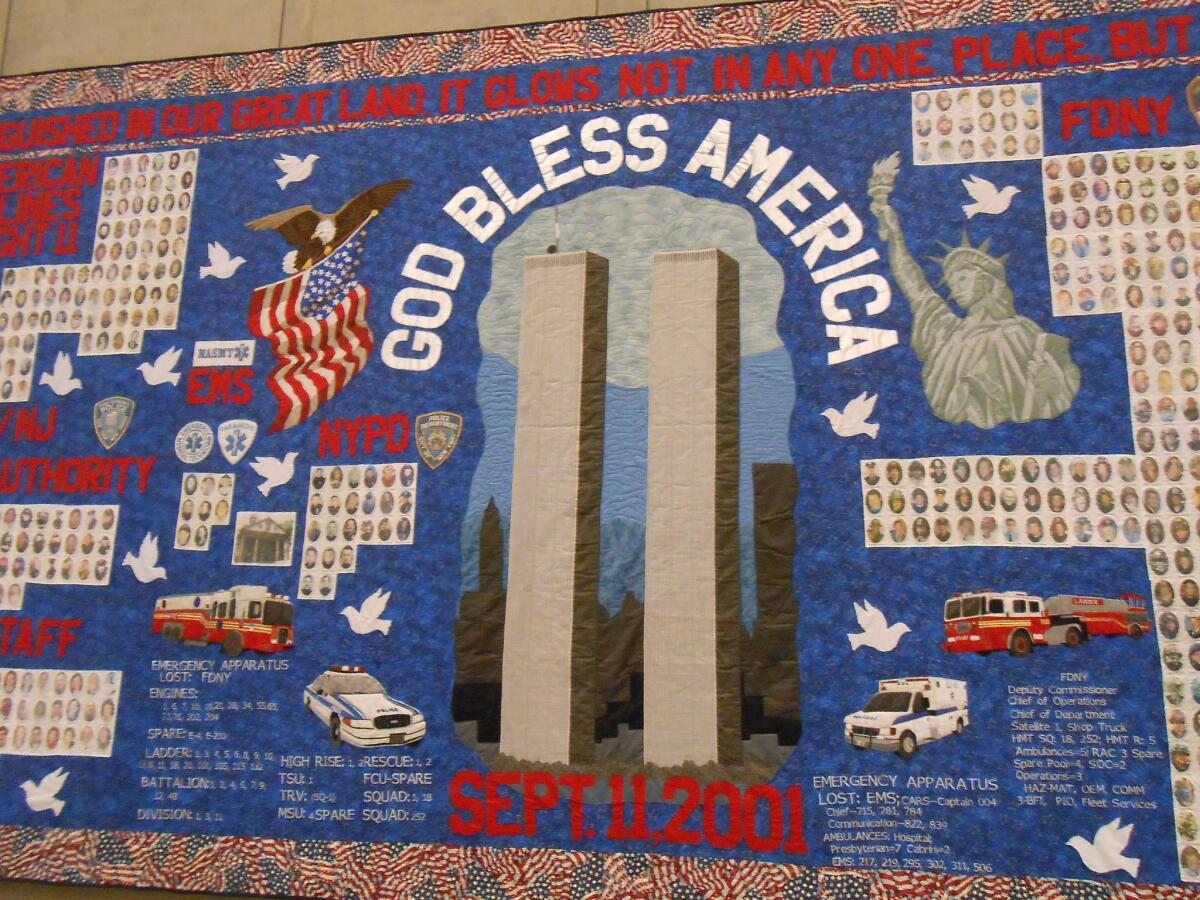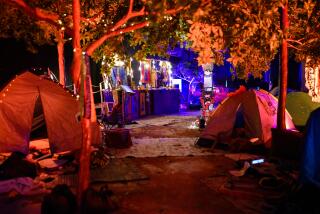New York: A visit to the National September 11 Memorial Museum

Perhaps you’ve heard the complaints about the National September 11 Memorial Museum: Some think it’s too expensive (admission is $24); others decry the inclusion of a gift store.
Some relatives of those of those who died in the Sept. 11, 2001, terrorist attacks — fueled by their grief and angered over delays in construction— say they will never set foot in the museum.
But when I learned that the museum would be newly opened on a planned trip to New York, I bought tickets immediately. I couldn’t imagine skipping any part of this emotional narrative, which had been in the works for more than a decade.
I toured the 110,000-square-foot museum, which is primarily underground, with my family on a rainy morning in late May. My husband and two adult children seemed somewhat less enthusiastic than I about going, but they were willing to follow my lead — for a time.
The entrance pavilion sits on the grounds of the National September 11 Memorial in Lower Manhattan, near the two granite pools that were built in the footprints of the World Trade Center’s twin towers.
The 8-acre park was full of visitors on that spring day, as was the museum, but traffic inside was carefully monitored (admission was timed), and the exhibits rarely felt crowded.
After we entered the museum, we caught a partial view of two steel tridents that were once part of the North Tower, which collapsed at 10:28 a.m. on Sept. 11, 29 minutes after the South Tower had fallen.
Looking over a balcony, we were startled to see that those columns descend for several stories. (Most of the exhibits are 70 feet underground.)
It was just the first of many remnants — enormous and seemingly out of context — that stopped us in our tracks
Our next moment of reckoning came when we took an escalator to a darkened passageway where visitors experience a “soundscape” of recorded voices of people recalling their shock, fear and confusion.
Those words — and, a few steps later, photos of people who were experiencing, or recalling, the events of the day — were projected onto panels to chilling effect.
Emerging from the passage, we stopped at an overlook with a view of a space called Foundation Hall. Our eyes were immediately drawn to an exposed 60-foot-tall part of the trade center’s “slurry wall,” built as part of the original foundation to help hold back ground water and the Hudson River.
A tall section of steel, referred to as the Last Column, dominates the space. It was one of the last pieces to be removed from the ruins at Ground Zero and was signed, over time, by construction workers, police officers, firefighters and others.
The column “assumed symbolic status for the site’s recovery workers and those who witnessed their efforts,” a museum plaque explained.
We descended deeper into the facility by way of ramps, scanning various reminders of the attacks, including flyers posted by desperate family members and friends looking for loved ones.
Visitors stopped to read a quote from Virgil: “No day shall erase you from the memory of time.”
The primary exhibits are arranged in spaces that sit beneath the memorial pools. Victims are remembered in the footprint of the South Tower, with their photographs and biographies and interviews with surviving friends and relatives.
We stood at touch screens and typed in the names of people we had known, two names among all of those who had perished. Photos and biographical information popped up. That information was also projected into a nearby room, where benches for meditation were placed.
The exhibits in the space that sits in the footprint of the North Tower focus primarily on events of the day — what led up to it and its aftermath.
The list of indelible images is long: the photos of doomed firemen as they prepared to enter the towers; shoes, degraded wallets and crumpled eyeglasses; the entrance of a jeans emporium, merchandise still covered in dust; a section of North Tower steel that had been pierced by American Airlines Flight 11; newspapers published on Sept. 12, 2001; a section of a huge radio and TV antenna that stood atop the North Tower; a fire truck whose ladders were so twisted they resembled a huge unearthly insect.
I could have spent hours, and perhaps days, here, taking it all in. (Some critics have lamented its size and scope.)
But my group outvoted me on staying longer. My daughter, who had graduated from college the day before, quietly expressed her anxiety as she stood at the bottom of the atrium.
That seemed understandable. Anxiety and unbearable sadness.
A 2½-hour visit was hardly a start.
The National September 11 Memorial Museum might be a place to visit alone so you can set your own pace. You might want to linger at the exhibits that recall relatively recent history or stand in line to see and hear the evidence of the attacks.
But it’s hard to imagine you won’t find a place to linger — even if you’re wondering how much more you can take.
Follow us on Twitter at @latimestravel
More to Read
Sign up for The Wild
We’ll help you find the best places to hike, bike and run, as well as the perfect silent spots for meditation and yoga.
You may occasionally receive promotional content from the Los Angeles Times.







